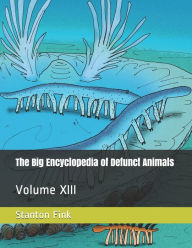
- Browse Category
Subjects
 We Begin at the EndLearn More
We Begin at the EndLearn More - Choice Picks
- Top 100 Free Books
- Blog
- Recently Added
- Submit your eBook
password reset instructions

At a time when 'textural' evidence is regarded as being 'obvious' ( . . . ) it becomes more and more difficult to find illustrations or even descriptions of the arrangements of the various constituents of 'traumatized' rocks. It is helpful in consequence to advise geology students that the study of thin sections is not only concerned with the identification of their mineral content. To do so would mean they could not see the wood for the trees. Accurate identification of the indi vidual minerals that form rocks is fundamental in their description but the analysis of their textures and habits is also essential. Study of textural features enforces constraints upon the inter pretation of the origin and history of a rock. The analysis of micro textures cannot and should never be an aim in itself, out must be sup ported by qualitative and quantitative correlations with theories of petrogenesis. The aim here is to help the reader to bridge the gap between his observations of rocks unqer the microscope and petrogenetic theories. The habits or architectures of crystals in rocks may resemble those studied by metallurgists and glass scientists. Analysis of micro textures is undergoing change engendered by comparisonS between manu factured and hence minerals. This can be seen from the increased number of publications dealing with crystal ~rowth or deformation processes at microscopic scales to which the name of 'nanotectonics' has been applied.
Less- File size
- Print pages
- Publisher
- Publication date
- Language
- ISBN
- 9.84 X 6.69 X 0 in
- 274
- Springer Netherlands
- January 15, 2016
- English
- 21f9596d-b95a-4ae6-a991-e3d97b5ebf8c




























